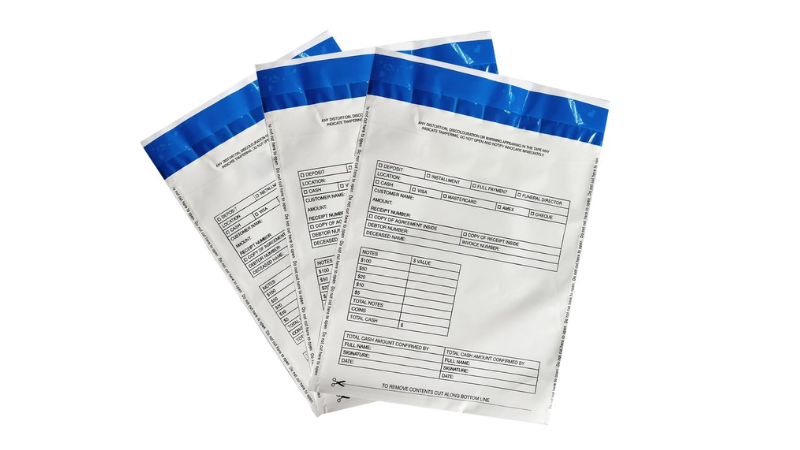Mail theft isn’t just some rare issue anymore; it’s getting worse. In 2021, the U.S. Postal Inspection Service opened more than 1,000 mail theft cases. That led to over 1,200 convictions. Fraud alone tied to stolen checks was valued at some $688 million. Despite these statistics being out there in the open, many still use plain envelopes that do little to prevent interference.
That lack of proper packaging leaves private information vulnerable when it’s being sent from one place to another. However, tamper-proof envelopes help fix that by making any interference obvious. Up ahead, we’ll break down what these envelopes are made for, how they work, and when it makes sense to use them.
What Is a Tamper-Proof Envelope?
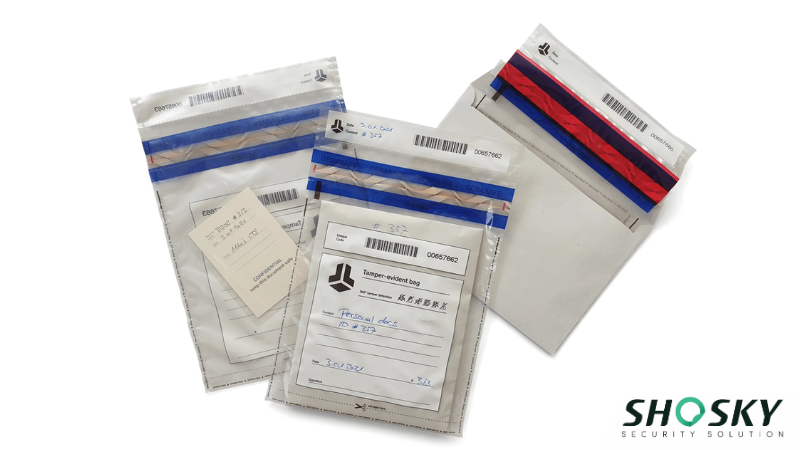
A tamper-proof envelope is a security packaging envelope specifically designed to indicate whether or not someone has attempted to tamper with it. It protects sensitive documents while they’re in transit and ensures they arrive exactly as they were sent. Unlike regular envelopes, security envelopes come with embedded layers of protective technology.
This protective technology makes it almost impossible to open, inspect contents, and reseal without leaving clear evidence of tampering.
Once a person tries to open the envelope, the security features are triggered and leave clear signs like torn edges, color changes, distorted seals, or printed alerts. The fundamental functioning depends on tamper-evident materials and adhesives that respond to interference.
Besides, the strength of a tamper-proof envelope isn’t just in how hard it is to open. It’s also in how easily you can tell if someone’s tried. That visibility is what makes them valuable for both senders and recipients.
When you use one, you’re not just sealing a document—you’re creating proof that it hasn’t been touched along the way.
Key Features of Tamper-Evident Envelopes
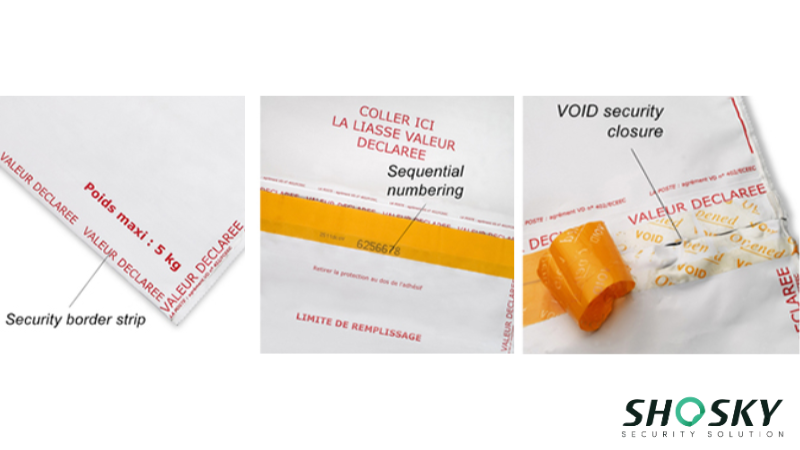
Modern tamper-proof envelopes employ several sophisticated security mechanisms working in combination to detect and deter unauthorized access attempts. The primary defense layer consists of the following common security features:
| Feature | Purpose |
|---|---|
| Permanent adhesive strips or tamper-evident seals | Prevent reopening without visible damage |
| VOID indicators | Reveal tampering if the flap is lifted or broken |
| Tear-proof film | Stops clean resealing; exposes forced access |
| Serial numbers, barcodes, or QR codes | Enable tracking and verification during transit |
| Opaque layers | Keep contents hidden and protect confidentiality |
| Waterproof lining, padding, or heat-sealed edges | Add protection against moisture, impact, and unauthorized entry |
Some envelopes also come with zipper-style closures or built-in mechanisms that change appearance when tampered with. These designs make it nearly impossible to open the envelope without leaving clear evidence behind.
Benefits of Using Secure Mailing Envelopes & Security Bags
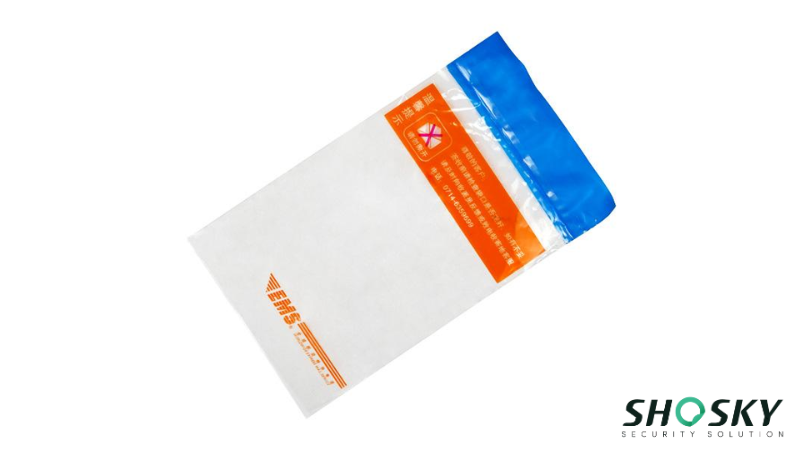
When you’re sending important or confidential documents, the envelope you choose matters. Standard paper options offer little protection and no warning if someone tampers with them. Tamper-proof envelopes, on the other hand, help reduce the risk of theft, document swapping, or unauthorized access during transit.
They also help businesses meet legal and industry requirements. Using tamper-evident packaging solutions supports compliance with regulations like HIPAA, GDPR, and others tied to secure communication. Beyond compliance, these envelopes send a message of professionalism.
When mail looks secure and well-packaged, it builds trust. It also shows that your company takes privacy seriously, which improves your brand image.
Tamper-proof envelopes can also be customized. Adding a logo, tagline, or specific color scheme helps reinforce trust, especially when sending high-value or time-sensitive documents.
Tamper-Proof vs Standard Envelopes: What’s the Difference?
When it comes to mail security, the security envelopes you pick matter more than you think. Here’s how tamper-proof envelopes stand apart—and why they’re better for handling sensitive information.
Visual and Functional Comparison
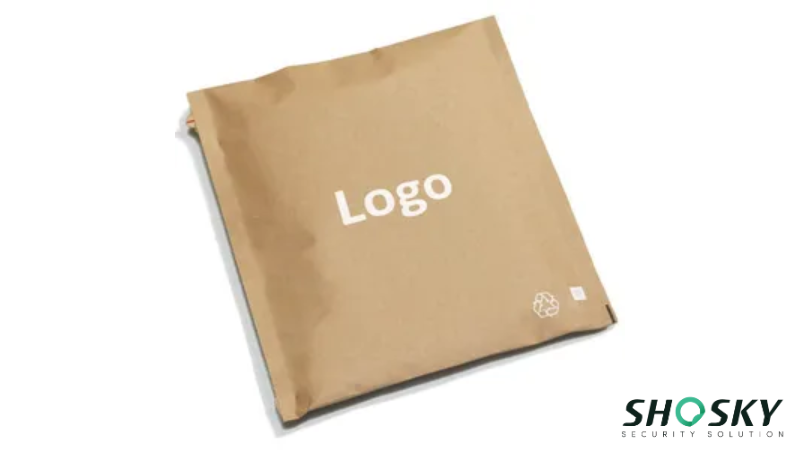
At first glance, tamper-proof and standard security envelopes may look similar. But the materials, construction, and sealing methods set them apart. Tamper-proof envelopes often use poly film or reinforced kraft paper, and they come with features like security seals, VOID indicators, and tear-resistant closures.
Standard envelopes, on the other hand, usually rely on basic adhesive flaps and thin paper. They don’t offer any sign that someone has opened and resealed them. While they serve well for everyday mail, they lack the protective layers needed for high-risk or sensitive items.
Use-Case Suitability
Tamper-evident solutions such as security envelopes are best suited for industries and situations where confidentiality, security, and trust are key. This includes sending legal documents, financial records, medical files, and valuable items. They’re also ideal for e-commerce businesses shipping small but sensitive products.
Standard envelopes are best for routine communication, such as letters, flyers, or informal documents. But when the content carries sensitive data, personal information, or valuable materials, using a regular envelope can put both sender and recipient at risk.
Risks of Using Standard Envelopes for Sensitive Materials
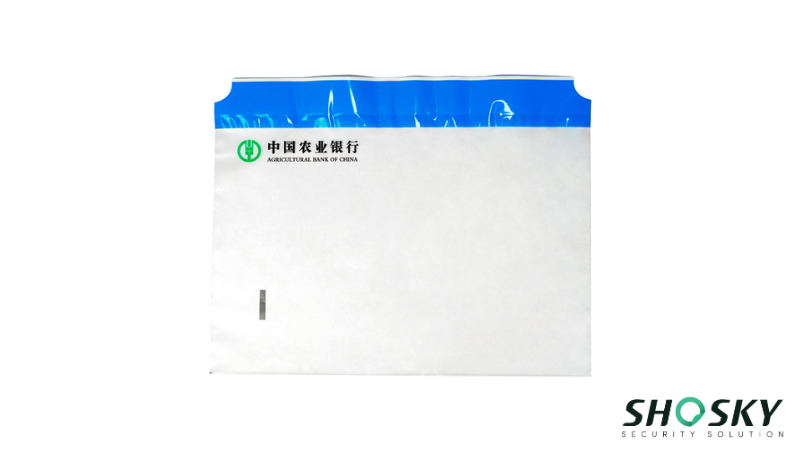
One major issue with standard envelopes is their inability to show signs of tampering. If someone opens the envelope during transit, there’s often no clear evidence. This makes it easy for content to be read, copied, or even replaced without detection.
Aside from privacy concerns, using standard envelopes for sensitive materials can lead to data breaches, legal consequences, and loss of customer trust. The smallest mistake—like a missing security feature—can result in big problems, especially in regulated industries like healthcare or finance.
Common Use Cases for Tamper-Proof Envelopes
Tamper-proof security bags and envelopes are used across industries where protecting sensitive data or valuable items is a must. The global market for tamper-evident labels was valued at USD 18.54 billion in 2023. And it’s expected to reach USD 32.75 billion by 2033, growing at 6% per year. This shows how important these solutions are across sectors. Below are some of the most common areas where these envelopes offer critical protection.
1. Legal and Government Documents
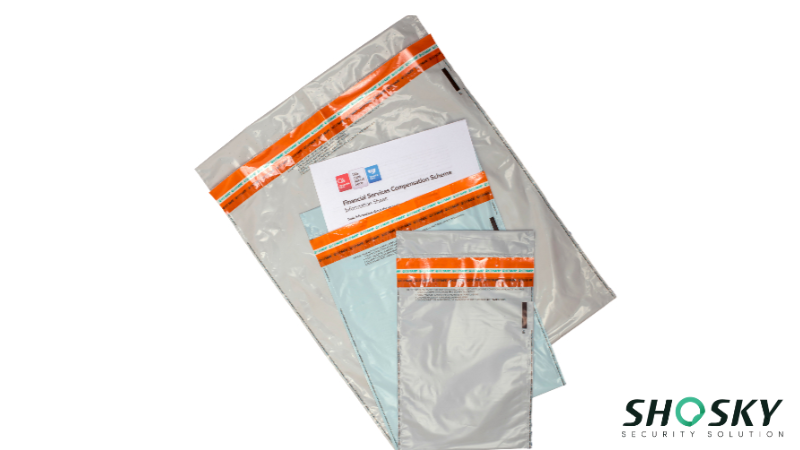
Legal professionals and government agencies deal with highly confidential information that must remain intact during delivery. Using tamper-evident devices ensures that documents show visible signs if someone tries to open or alter them. These envelopes act as a deterrent against tampering and protect the chain of custody for critical communications.
Also, the regulatory framework established after 1982 has created standardized requirements for tamper-evident packaging across government compliance applications. This makes tamper-proof envelopes not just advisable, but necessary when handling sensitive legal materials.
These envelopes provide a secure cover for:
- Contract agreements and legal correspondence
- Subpoenas, court orders, and official legal notices
- Tax documents, audit materials, and government communications
- Security clearance files and classified government documentation
- Immigration records and official identification papers
2. Financial and Banking
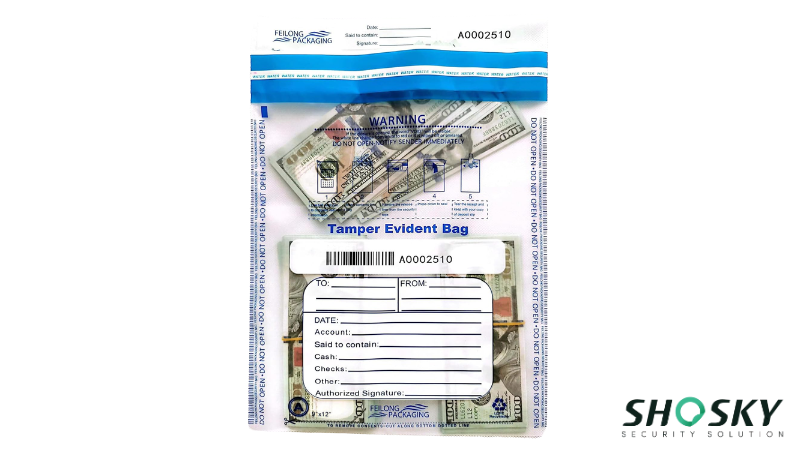
Banks and financial service providers deal with documents that contain confidential and high-risk data. Tamper-proof envelopes offer a secure way to send this information without exposing it to theft or unauthorized access. These envelopes make it obvious if someone tries to interfere with the contents, which helps stop fraud before it happens.
Strict data privacy regulations also bind many financial institutions. Using tape security seals that tear upon opening provides guaranteed evidence of tampering attempts.
Their common use examples include:
- Personal and business checks, cash and money orders, and cashier’s checks
- Credit and debit cards, PIN mailers, and authentication tokens
- Loan paperwork, account statements, and tax forms
- Insurance claims, settlement documents, and financial reports
- Investment summaries, retirement plans, and budgeting correspondence
3. Healthcare and Laboratories
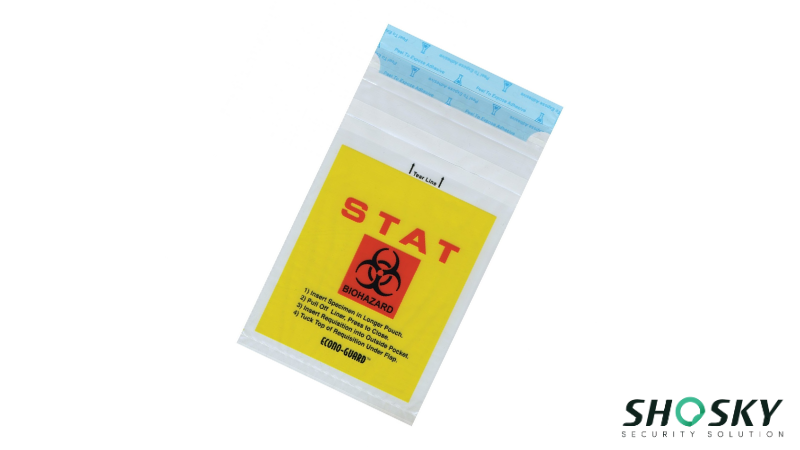
Hospitals, clinics, and labs manage sensitive health records that require careful handling. Tamper-evident packaging helps prevent unauthorized access to patient data and clearly indicates if the contents have been compromised. For healthcare providers, using these envelopes is part of maintaining both trust and compliance.
This type of packaging became a priority after the 1982 Tylenol murders. The incident involved tampered medicine and caused several deaths. It pushed companies to add sealed packaging and visible security features. This shift changed how healthcare and manufacturers handled product safety.
Tamper-evident envelopes are commonly used for:
- Lab test results, pathology reports, and imaging documentation
- Sample kits, specimen containers, and collection devices
- Patient records, prescriptions, and treatment plans
- Clinical trial data, research files, and pharmaceutical logs
- Medical invoices, claims, and billing communications
E-commerce and Secure Product Shipping
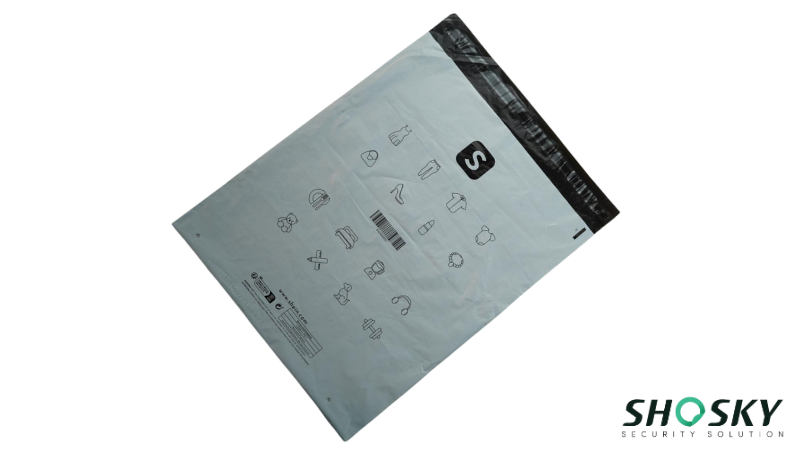
In online retail, trust is everything, especially when shipping valuable or sensitive items. Tamper-proof envelopes help maintain that trust by keeping products secure from pickup to delivery. They are usually puncture-resistant and act as a deterrent against theft, and make any tampering attempts immediately visible.
These envelopes are also useful for brand protection. By showing evidence and helping verify package integrity, they reduce refund fraud and improve customer satisfaction. For e-commerce sellers, using secure packaging isn’t just smart—it’s essential for keeping both products and reputations safe.
Popular applications of tamper-evident envelopes include:
- Jewelry, smartwatches, and precious metals
- Electronics, accessories, and smartphone parts
- Driver’s licenses, passports, and ID cards
- Promotional items, gift cards, and reward programs
- Subscription boxes, collectibles, and specialty products
In essence, tamper-proof envelopes are critical security components, safeguarding sensitive legal documents, financial assets, patient data, and valuable e-commerce shipments.
Providing an indispensable layer of visible security, their ability to immediately signal unauthorized access makes them a cornerstone of trust, accountability, and compliance across diverse industries. As this market grows, their role in protecting what matters most will only become more vital.
Choosing the Right Tamper-Proof Envelope for Your Needs
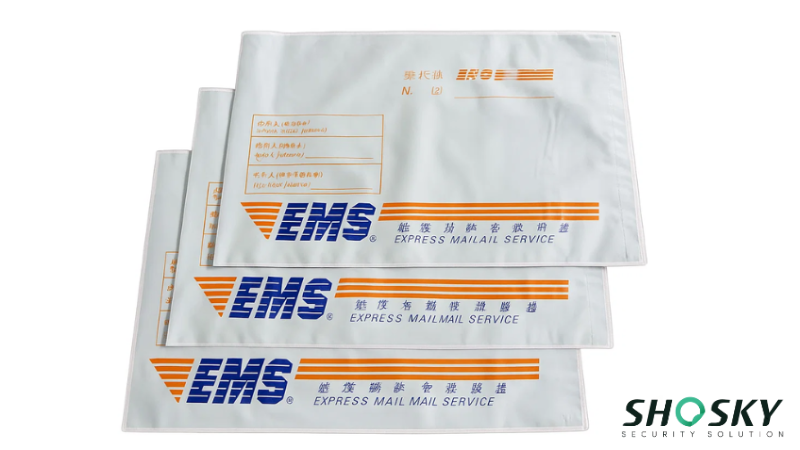
Choosing the right tamper-proof envelope depends on what you’re sending and how it’s being handled. Flat documents like contracts, invoices, or official letters need slim envelopes that hold the papers in place without folding or bending.
For bulkier objects—such as access cards, USB drives, or lightweight promotional items—you’ll want envelopes with padding or expandable sides to avoid tearing during transit.
Many businesses also look for custom branding options. Adding your logo, contact details, or a printed message helps your envelope stand out as official and secure. It shows professionalism and helps build trust, especially when dealing with confidential information. Some tamper-proof envelopes even allow barcoding or QR codes for tracking and scanning.
If compliance is a concern, choose envelopes that don’t just protect but also show when tampering happens. Many industries have strict rules, and standard envelopes can’t meet them. Tamper-proof types make it impossible to hide evidence of interference—ideal for healthcare, finance, and legal sectors.
You’ll also need to decide between disposable and reusable types. Disposable envelopes are single-use, making them ideal when you need guaranteed security with no second opening. Reusable ones are better for internal transfers or repeated back-and-forth mailing, and they often include zipper closures or secondary seals for added control.
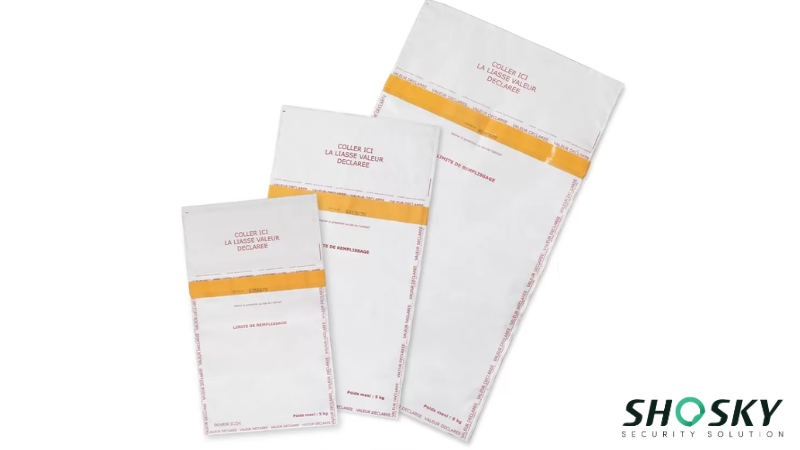
Finally, don’t overlook cost and quantity. If you’re shipping in bulk, look for cartons that offer value without sacrificing quality. Lightweight materials help cut shipping costs, while basic tamper-evident features still protect important documents. Balancing price, durability, and security ensures your mailing process stays efficient and safe.
FAQs
Are tamper-proof envelopes waterproof?
Yes, many tamper-proof envelopes are water resistant. Especially those made from poly or foil materials.
Can tamper-proof envelopes be reused?
Some types come with zipper closures or secondary tape seals for limited reuse. However, most are designed as single-use containers to guarantee confidentiality and security.
Are tamper-proof envelopes expensive?
Yes, and they cost more than standard paper envelopes due to added protection features.
Conclusion
Mailing sensitive information with regular envelopes is a growing risk. Tamper-proof options use seals, materials, and designs that make any interference easy to spot. They protect your documents, build trust with recipients, and help meet industry regulations. As mail theft and data breaches rise, investing in secure packaging isn’t optional anymore—it’s the standard for responsible, safe communication.
Get a Tamper-Proof Envelope That Reflects Your Brand—Only at Shosky Security
Need tamper-proof envelopes that offer serious protection without ignoring style or branding? At Shosky Security, we design envelopes that combine tough security features with clean, professional presentation. Contact us to explore our options for custom sizes, materials, and printed designs—built to meet the needs of your industry.
